Key Takeaways
- Batching, automation and saying no one can boost your efficiency mindset.
- Pursue “Inbox Zero” using a three-step process.
- Organize your day to leverage your peak periods of productivity.
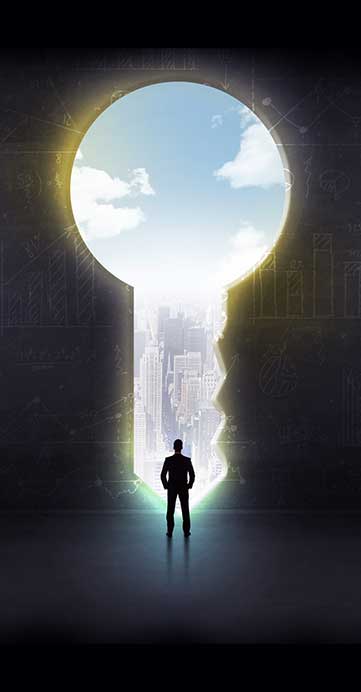
If so, you’re not alone. More and more Americans are feeling overwhelmed, even burnt out, by their relentless workloads. The good news: There’s a better way—and one entrepreneur has some ideas:
“You’re not drowning in work because there ‘aren’t enough hours in the day’ but because of thousands of seemingly small inefficiencies at work that add up over time to become major drains on everyone’s productivity.”
So says Nick Sonnenberg, founder of business efficiency firm Leverage and author of Come Up for Air: How Teams Can Leverage Systems and Tools to Stop Drowning in Work. “Everyone feels like they’re overworked because they’re getting bogged down in daily minutiae, endless distractions, and frustrating inefficiencies instead of focusing their time on the most important work that needs to get done,” writes Sonnenberg.
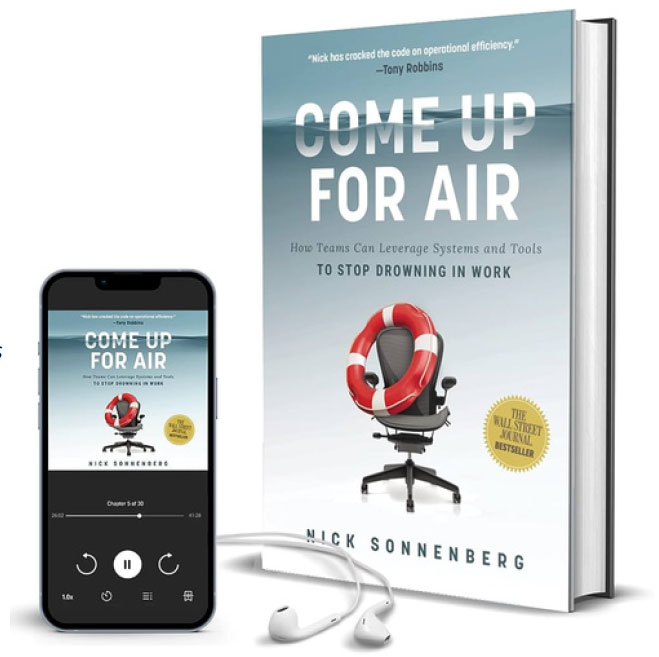
As part of his consulting work, Sonnenberg helps companies implement what he calls the CPR® Framework—which stands for communication, planning and resources and aims to help businesses better focus on those core competencies so their employees can work more efficiently.
While Sonnenberg’s work applies to businesses of all sizes, much of his framework for success is also readily translatable to high-achieving individuals and families hoping to build some efficiencies into their own daily work habits and life tasks. The upshot: Chances are his insights can help you work smarter instead of working harder—and get more done with less effort.
Here’s some of his key advice.
Cultivate an efficiency-driven mindset
Sonnenberg is fond of a quote from pioneering management guru Peter Drucker: “Efficiency is doing things right; effectiveness is doing the right things.” According to Sonnenberg, “If you want to improve, you have to purposefully dig for ways to move faster, decrease risk, and improve the way you work.”
To achieve this mindset, he offers a few practical steps that are easy to implement but often overlooked:
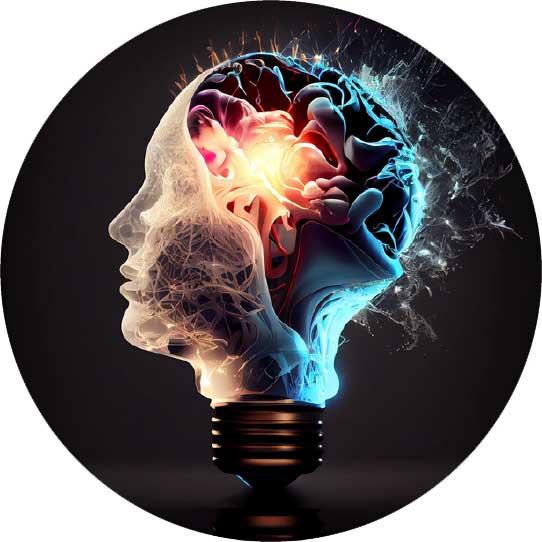
- Batching. The goal here is simply to group individual to-do items by how similar they are or how easy they are to knock off your list, then do them all at once rather than constantly having to switch disruptively between tasks. Requiring your brain to switch gears too often between different functions is a sure way to sap productivity he notes.
- Embracing automation. “Letting a computer do it” enables time savings by eliminating the need to focus on mundane tasks. “If a computer can do something, it probably doesn’t require much creative thought,” says Sonnenberg. “The task is usually something low level, menial, and not particularly interesting. In other words, it’s not something that should be taking up your time.”
- Learning to say no. The best way to eliminate excessive or irrelevant work is to simply not take it on in the first place. This may be harder than it sounds, given our can-do society that values productivity and where high-achieving people routinely bite off more than they can chew. If you struggle with saying no, consider running through a simple list of questions to ask yourself when deciding which work to sign up for:
-
-
- Does it need to be done? It may be irrelevant, unnecessary or simply not a wise use of your time.
- Does it need to be done by you? Perhaps it could be automated or delegated to someone better suited for it.
- Does it need to be done by you right now? Could the work at least be pushed back or delayed?
-
-
Says Sonnenberg: “Free up as much time as you can for tasks that give you pleasure or require your unique strengths. This is the filter that should be applied when deciding when to say yes and when to say no.”
Achieving ‘Inbox Zero’
Who doesn’t want to save time on the necessary evil of email? While it has become an indispensable communication tool over the past 30 years, it’s also true that it has become (in Sonnenberg’s words) an incessant—and hugely inefficient—nuisance in our daily lives. “Email is just an external to-do list that others can add to. In its most basic form, email is a tool that lets other people add things to your plate without your consent,” he writes.
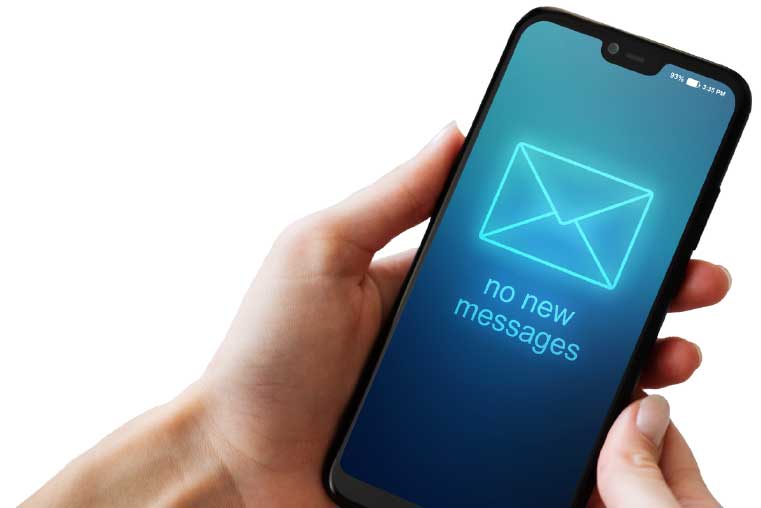
The good news is that you can reduce—and maybe even get close to eliminating—the distracting digital noise that email creates. There are three must-dos to get to what Sonnenberg describes as “Inbox Zero.” It starts with dramatically reducing the number of messages that get through in the first place. Next, get into the habit of knocking off as many irrelevant messages as you can. Finally, systematically prioritize and organize the emails that are most important.
Three ‘Inbox Zero’ must-dos
1. Boost the signal-to-noise ratio. Weeding out spam messages—the biggest offenders when it comes to email overload—is a key first step, of course. But there are ways to filter your inbox to prioritize the most relevant and important emails. Gmail, Outlook and other popular programs all offer AI-enabled ways to do this, sorting by sender, topic and more.
2. Rip the Band-Aid off. There may be thousands of emails in your inbox, so sifting through them individually just isn’t feasible. Sonnenberg proposes a “one-time reset” to clear most of them, archiving all emails from your inbox that are older than 30 days. But don’t sweat it: They’ll still be there in the archive if you realize you need to access them.
3. Use the R.A.D. System. This systematic process stands for reply, archive and defer. By replying immediately, stashing it in your archive or flagging it for follow-up—and using this process consistently for every email that you don’t immediately delete—you can streamline your inbox and make more time for important correspondence.
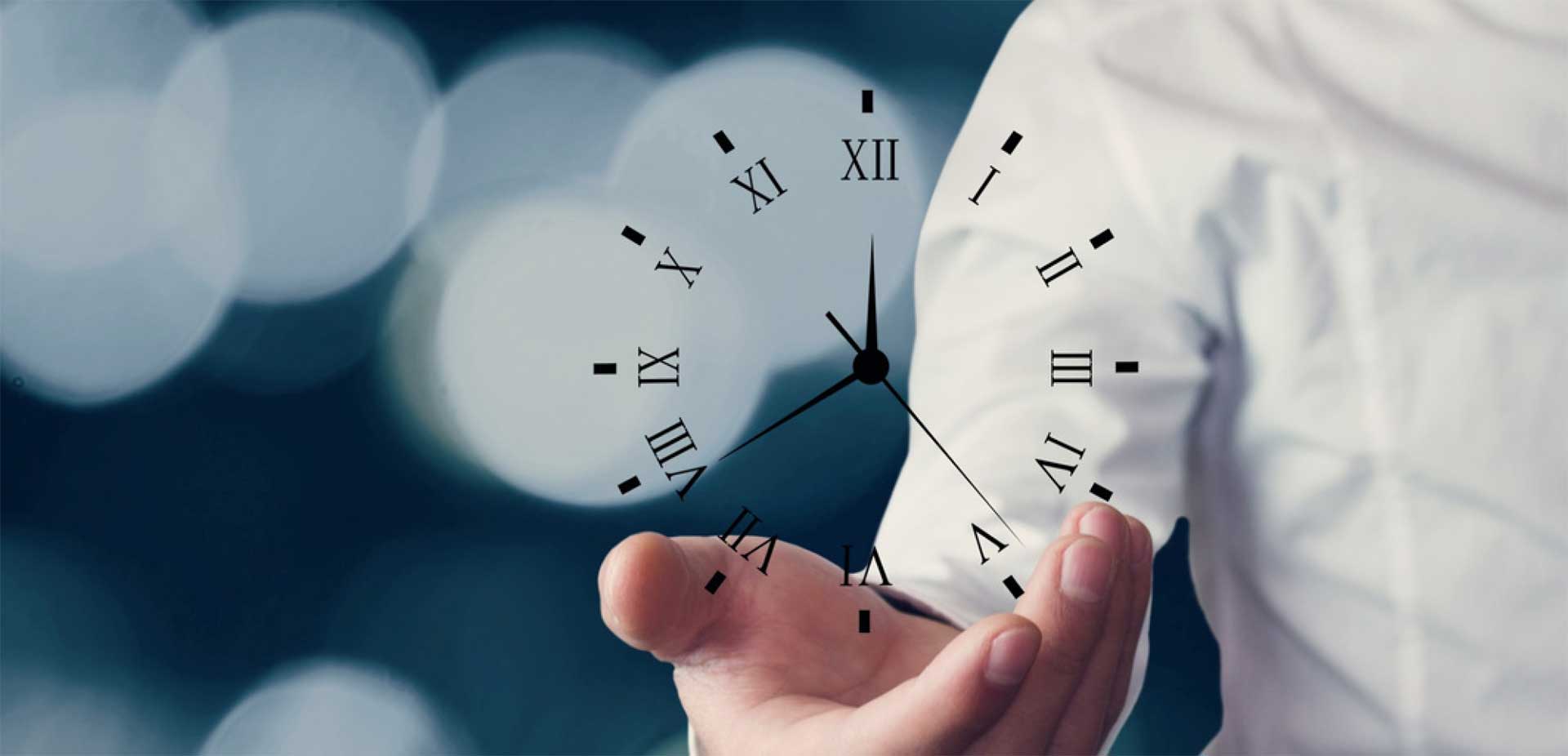
Controlling time management
Sonnenberg points out that our circadian rhythm is more than an internal sleep timer. It also modulates our energy, attention, memory and focus throughout the day. The result is that everyone has their own “peak times,” dictated by this rhythm, for a few hours each day when their brain is preprogrammed to be ultra-productive. Those couple of hours are far more valuable than other times of the day.
Since everyone has their own peak times of productivity, everyone should try wherever possible to shape time and the way it’s used to their own advantage, he argues. Toward that end, there are some crucial dualities that efficiency-minded people should consider:
- Synchronous vs. asynchronous. Synchronous communications, enabling real-time interactions, include tried-and-true methods such as phone calls, meetings, Zoom chats and the like. Asynchronous communications allow the recipient to view a message and respond whenever they feel like it. They include texts, emails, voicemails, ticketing software and more. While there’s a time and place for both methods, of course, by cultivating a sense of which works best for you—and, ideally, by prioritizing the latter type wherever possible—you can free up a lot of intellectual bandwidth.
- Push vs. pull. In many environments, information is constantly being pushed at you—whether it’s relevant or not—and you have no way to control it, notes Sonnenberg. Instead, what if you were able to read and respond to that content on your own time, perhaps an hour later after you’ve finished an important project (or even after hours)?Your goal should be to “pull” information where and when you need it, then respond on your own timetable.
- External vs. internal. Important external communications—with vendors, agencies, partners or clients—are one thing. But communicating with colleagues is something else. Being able to separate the two and judge each on how important it is at a given moment is essential to effective and efficient time management. So is knowing the right tool for the job. Sonnenberg’s rule: Email should be used for external communication only, while internal communication tools like Slack and Microsoft Teams should be used for internal communication.
Conclusion
Sonnenberg points out that working smarter isn’t a one-and-done moment. It requires readjusting our approach as we learn more about our own work habits and as new technology and systems arise that can help us further streamline our efforts. But he notes that the pandemic, with all its disruptions and attendant innovations, has shown just how adaptable we can be in our daily lives. Embracing those ideas, while striving to better manage our daily work habits, can lead to big results.

0 Comments